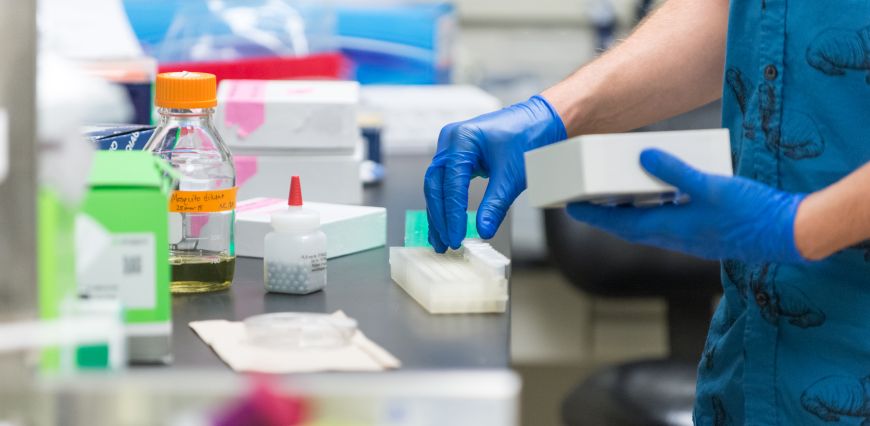
Young scientists winning top prizes at the 17th Annual Research Day, held by College of Veterinary Medicine and Biomedical Sciences on Saturday, reported discoveries tied to the gut microbiome, the control of tuberculosis in wildlife, and the presence of rogue proteins on the surfaces of alpine plants.
More than 150 aspiring scientists competed in the event, which gives undergraduates, graduate students, veterinary residents, and post-doctoral fellows vital experience presenting their research findings to a scientific audience through poster displays and talks.
The young researchers receive valuable feedback from volunteer faculty mentors and judges. The interactions help the students develop ideas that, in many cases, will become lifelong scientific pursuits. The projects are sponsored by more than 20 companies, foundations, and institutions concerned with improving human, animal, and environmental well-being.
Oral Presentations – Basic Science
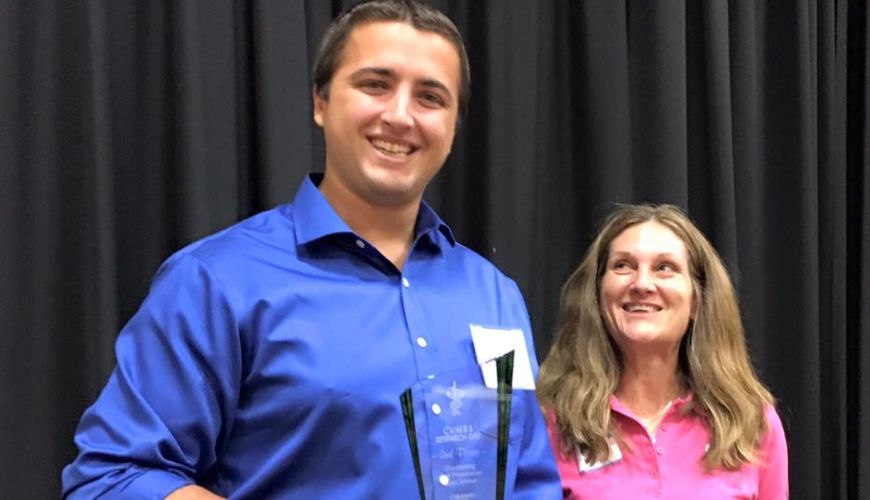
First place Luke Schwerdtfeger, biomedical sciences senior; Stuart Tobet, mentor
Presentation Intestinal-Microbial Interactions in an Ex Vivo Slice Model
“I developed a method for looking at interactions between the bacteria living in the gut, and the neurons and immune cells of the intestine. My ultimate dream would be to become a faculty member and have my own research lab.”
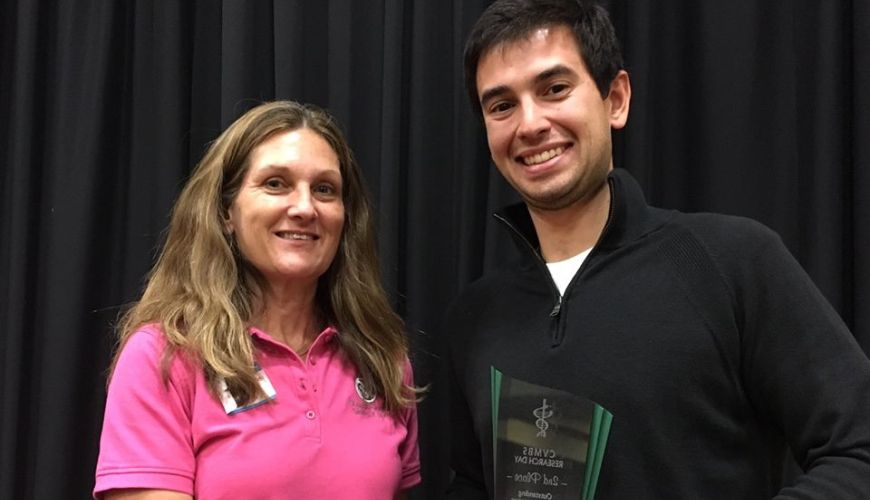
Second place Mihnea (Mike) Mangalea, microbiology Ph.D. student; Brad Borlee, mentor
Presentation Breaking Biofilms: Nitrate Inhibits Biofilm Formation in Burkholderia pseudomallei
“I showed, for the first time, that nitrate inhibits biofilm formation in Burkholderia pseudomallei bacteria, and I identified the genes responsible for this. Biofilms are kind of like a bacterial slime, where the cells stick to each other and to surfaces, as opposed to just swimming around freely. Biofilms make some infections hard to cure. I would like to use my degree to continue studying emerging infectious diseases, either in academia or at the Centers for Disease Control.”
Oral Presentations – Clinical Science
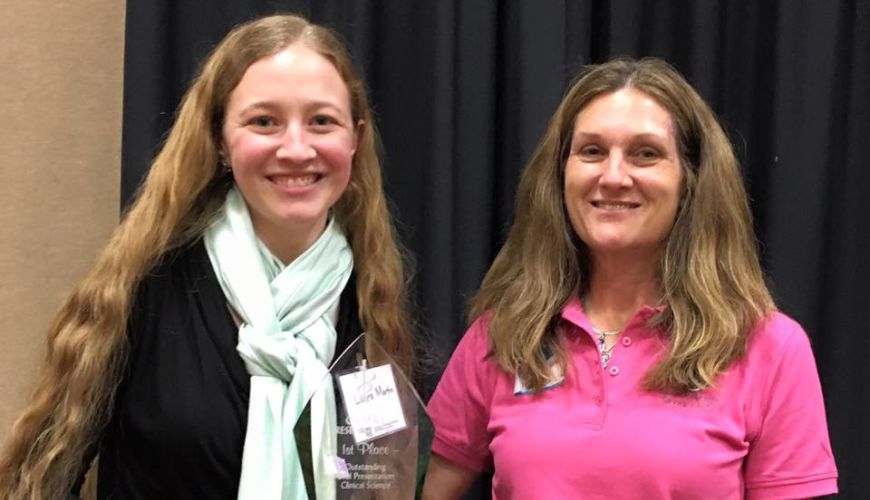
First place Laura Martin, clinical sciences Ph.D. student; Francisco Olea-Popelka, mentor
Presentation The Impact of Local Weather on European Badger (Meles meles) Capture Success: Implications for Bovine Tuberculosis Management
“My presentation was about successfully capturing badgers and how that relates to tuberculosis. I’m interested in doing research for a governmental agency or academia.”
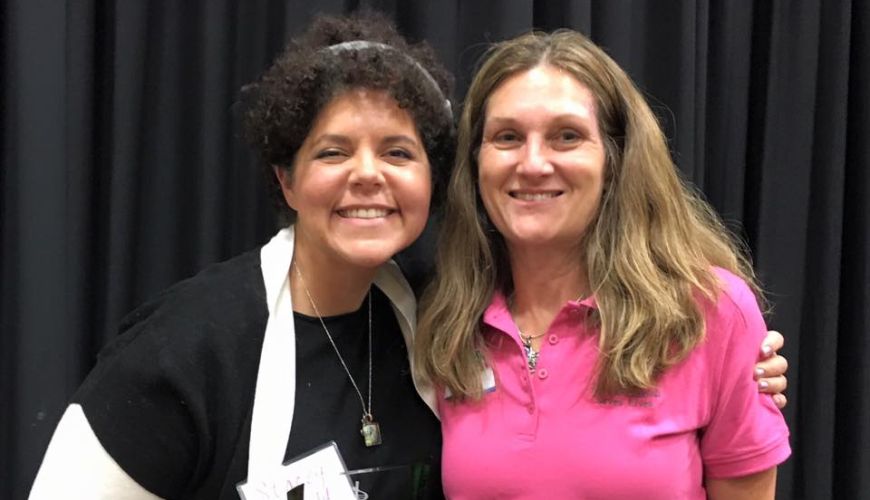
Second place Stacey Hunvald, DVM student; Amanda Guth, mentor
Presentation Novel Immunotherapy Utilizing Cancer Stem Cell Targeted Vaccine for Improved Immune System Control of Cancer
“I spoke about my summer work on novel immune therapy for cancer treatment. I’m interested in oncology work, and in how to help people access care who can’t afford it.”
Poster Presentations
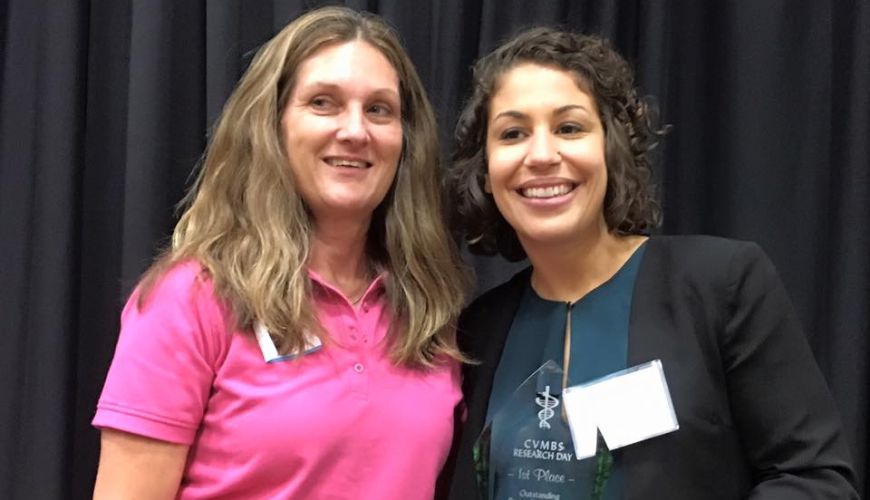
First place Aimee Ortega, microbiology master’s student; Mark Zabel, mentor
Presentation Detection of Prions on Plants Collected from Rocky Mountain National Park
“I work on chronic wasting disease, and I found the first evidence of detection of the abnormal prion protein on the surface of plants collected from Rocky Mountain National Park. I currently teach part-time at Front Range Community College and would love to have a faculty position.”
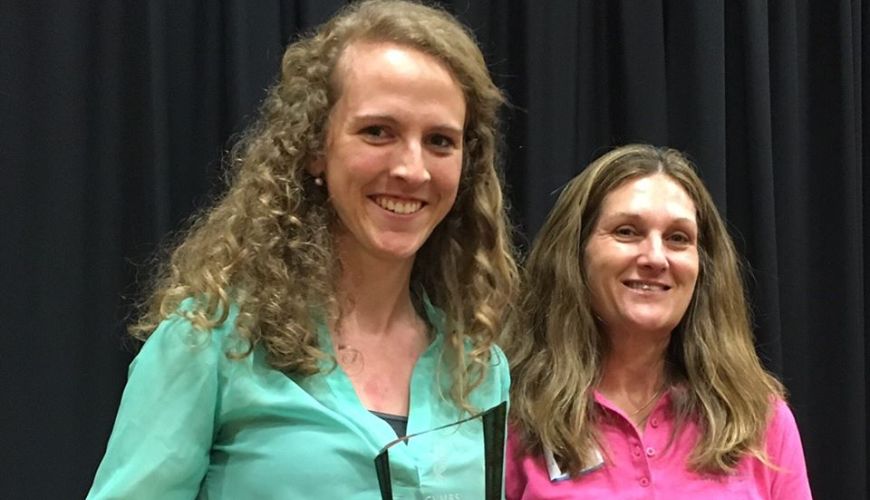
Second place Katherine Dirsmith, DVM student; Susan Shriner, mentor
Presentation Low Pathogenicity Avian Influenza Virus Maternal Antibody Transfer Among Captive Mallards (Anas platyrhynchos)
“We studied avian influenza antibodies in mallard ducklings, and we hope that our findings will assist in future avian influenza surveillance efforts. I hope to become a wildlife veterinarian and eventually establish a wildlife conservation education center. I would like to conduct multidisciplinary research on new ways that wildlife conservation can benefit humans on a large scale.”
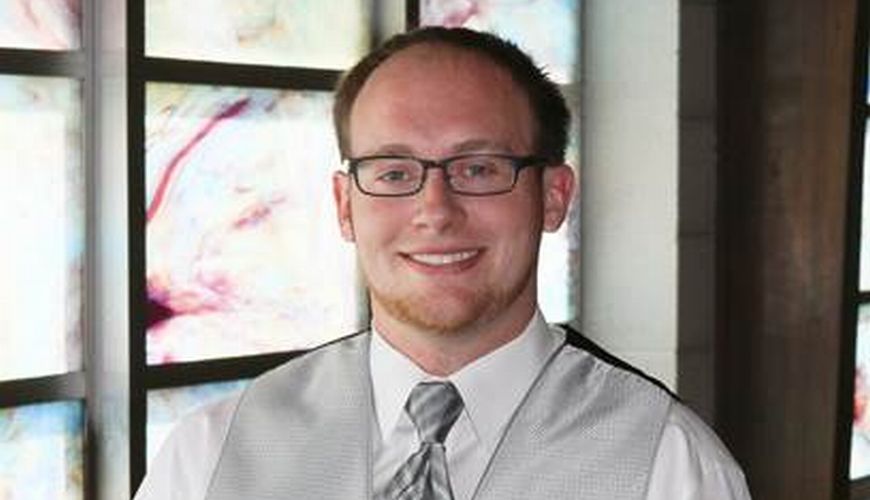
Third place Jonathan LeCureux, microbiology Ph.D. student; Gregg Dean, mentor
Presentation Increased Mucosal Immunogenicity of L. acidophilus Expressing HIV MPER and Utilizing Adjuvants IL-1β or FliC
“We feed specially modified food-safe bacteria to mice to vaccinate them. We work on how to improve these bacteria to make the vaccine work better. My passion has always been teaching, so I hope to pursue that when I am finished. I’ve been working with several professors in the department on curricula and have been guest lecturing. Dr. Gregg Dean has been the best and most generous mentor I’ve ever encountered.”
Golden Pipette Award
Awarded to the Department of Microbiology, Immunology, and Pathology. The Golden Pipette goes to the department in CVMBS with the highest average presentation score.
(The Golden Pipette winner was earlier and mistakenly announced as the Department of Environmental and Radiological Health Sciences. Event organizers apologize for the error and congratulate everyone who participated.)
To donate to CVMBS student scholarships, please visit the CVMBS Greatest Need Fund.